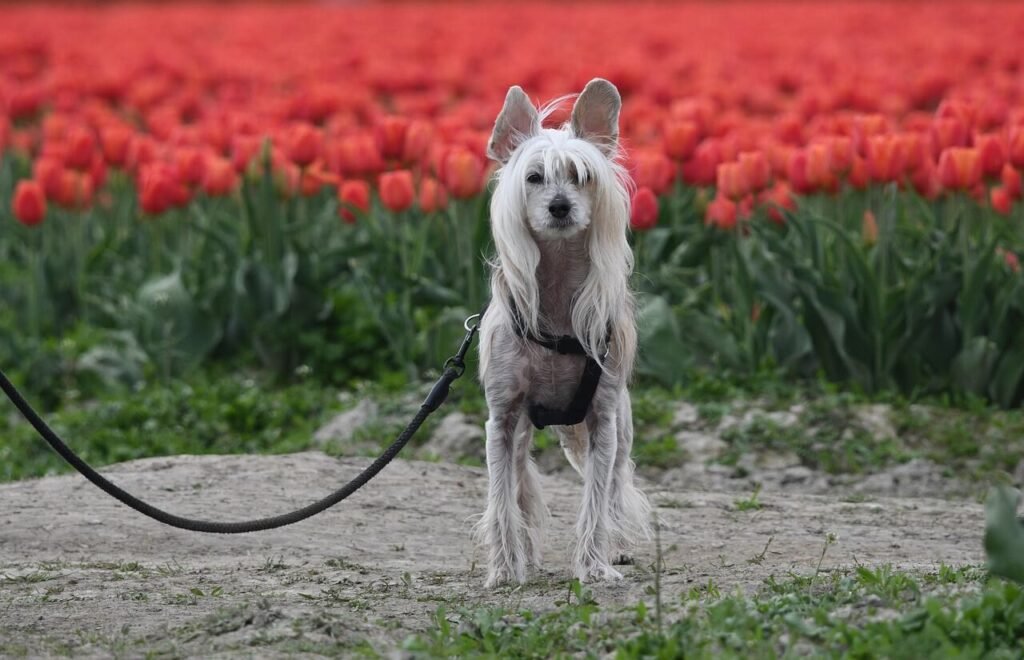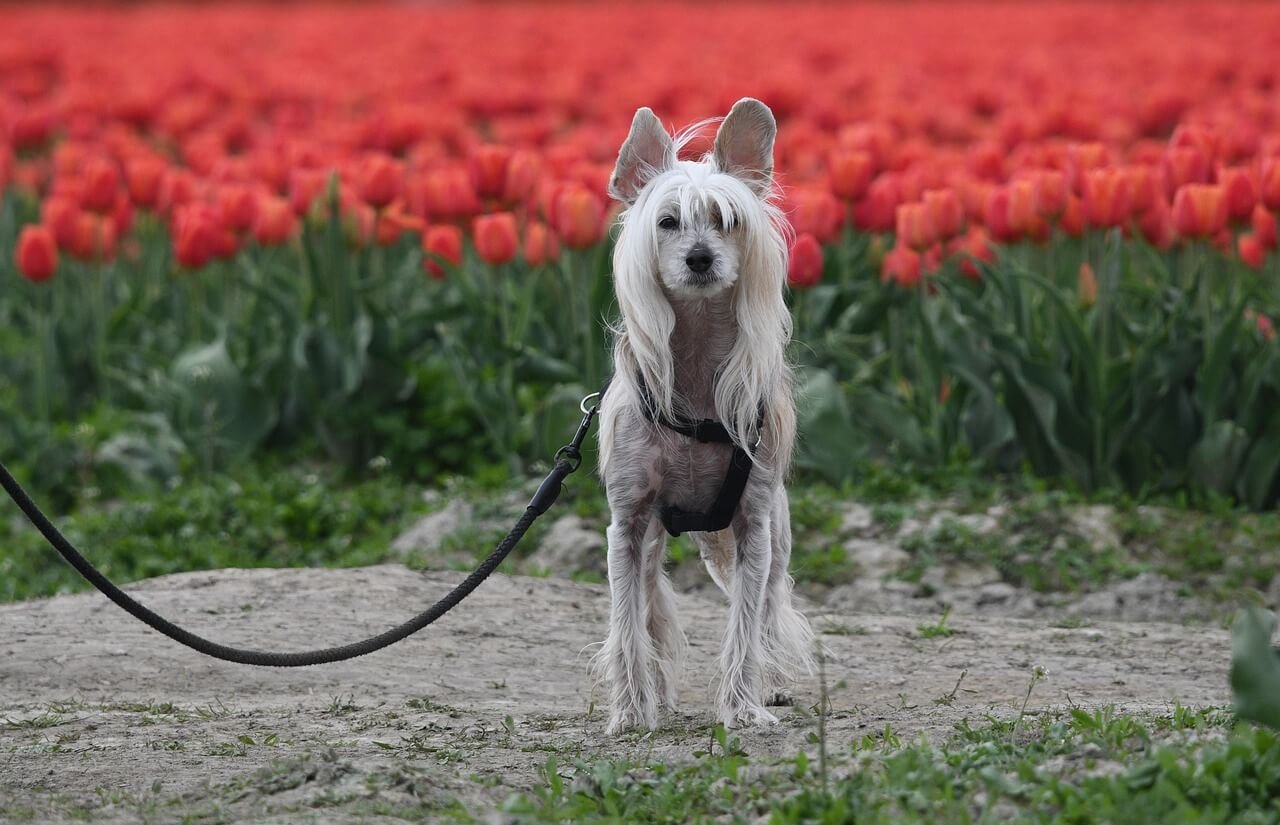Why Does My Dog Lay Behind Me? Decoding Canine Behavior
If you’ve ever noticed your dog curling up behind you, you may have wondered what this behavior means. Is it a sign of affection, protection, or something else entirely? Dogs communicate through their actions, and where they choose to position themselves can reveal a lot about their emotions and intentions. Lying behind you is more than just a random habit—it’s often a reflection of your dog’s bond with you, their instincts, and their need for comfort. In this guide, we’ll explore the reasons behind this adorable behavior, helping you better understand your furry friend and strengthen your connection.
Common Reasons Why Your Dog Chooses to Lay Behind You
There are several explanations for why your dog might prefer lying behind you. Each reason ties back to their natural instincts, emotional needs, or personality traits. Here’s a breakdown of the most common motivations:
Bonding and Affection : Dogs often seek physical closeness to show love and reinforce their connection with you.
Protection Instincts : By positioning themselves behind you, dogs may feel they’re guarding you from potential threats.
Comfort and Security : Being close to you provides a sense of safety, especially if your dog feels anxious or unsure.
Temperature Regulation : Dogs may lie behind you to stay warm or cool, depending on the environment.
Pack Mentality : As pack animals, dogs naturally gravitate toward their “leader” (you) to feel part of the group.
Understanding these reasons can help you appreciate the depth of your dog’s feelings and behaviors.
How Your Dog’s Personality Influences This Behavior
Every dog is unique, and their individual personality plays a significant role in why they might choose to lay behind you. Here’s how different traits can shape this behavior:
Shy or Anxious Dogs : These dogs may lay behind you to feel protected and reassured by your presence.
Confident and Independent Dogs : Even confident dogs may do this to show loyalty and respect for their human leader.
Affectionate Lap Dogs : Breeds like Cavalier King Charles Spaniels or Pugs often crave closeness and will snuggle behind you as a sign of love.
Guardian Breeds : Dogs like German Shepherds or Rottweilers may instinctively position themselves behind you to monitor their surroundings.
Playful Puppies : Young dogs might mimic this behavior simply because it’s fun or comforting to be near you.
Your dog’s personality adds a personal touch to this behavior, making it even more meaningful.
Check this guide 👉Why Dogs Kick Their Back Legs: Best 7 Expert Tips!
Check this guide 👉Why Do Dogs Sniff Butts? Best 7 Expert Tips!
Check this guide 👉Why Does My Dog Spoon Me? Best 7 Expert Tips!

Reasons for Lying Behind You | What It Means About Your Dog |
|---|---|
Bonding and Affection | Your dog loves and trusts you deeply. |
Protection Instincts | Your dog feels responsible for your safety. |
Comfort and Security | Your dog seeks reassurance from you. |
Temperature Regulation | Your dog uses your body heat to stay comfortable. |
Pack Mentality | Your dog sees you as their leader and protector. |
How to Respond When Your Dog Lays Behind You
When your dog chooses to lay behind you, it’s an opportunity to strengthen your bond and provide reassurance. Here’s how you can respond in a way that nurtures this special moment:
Acknowledge Their Presence : Gently pat or speak to your dog to let them know you appreciate their company.
Provide Comfort : If your dog seems anxious, offer a calming voice or a cozy blanket to enhance their sense of security.
Respect Their Space : Some dogs prefer quiet time, so avoid disturbing them if they seem content to rest.
Engage in Play : If your dog is energetic, use this as a chance to initiate playtime or training sessions.
Monitor for Changes : Sudden shifts in behavior, such as increased clinginess, could indicate stress or health issues worth investigating.
Responding thoughtfully ensures your dog feels loved and understood.
Other Common Sleeping Positions and What They Mean
While lying behind you is one of many sleeping positions dogs adopt, each posture carries its own significance. Here’s a look at other common positions and their meanings:
Curling Up in a Ball : Indicates warmth retention and a desire for comfort or security.
Sprawling Out on Their Belly : Suggests confidence and a readiness to jump into action.
Sleeping on Their Back : Shows trust and relaxation, as this position exposes vulnerable areas.
Leaning Against You : A sign of deep affection and reliance on your presence.
Burrowing Under Blankets : Reflects a need for coziness and protection from external stimuli.
Understanding these positions helps you interpret your dog’s emotional state and preferences.
Recognizing the Emotional Cues in This Behavior
When your dog lays behind you, it often reflects their emotional state and sense of security. Here are some signs that indicate they feel safe and content in this position:
Relaxed Body Language : A loose, calm posture with no signs of tension shows they’re at ease.
Slow Breathing : Steady, deep breaths suggest relaxation and comfort.
Soft Eye Contact : Gentle gazes or half-closed eyes indicate trust and affection.
Tail Wagging (If Awake) : A slow wag while lying down can signal happiness and contentment.
No Attempts to Move : If your dog stays in place for long periods, it means they’re perfectly comfortable.
These subtle cues confirm that your dog feels secure and loved when they choose to lay behind you.
Turning This Moment Into a Deeper Connection
The act of your dog laying behind you provides a unique opportunity to enhance your relationship. Here are some ways to make the most of these moments:
Engage in Gentle Petting : Lightly stroke their fur to show affection and reinforce your bond.
Speak Softly : Use soothing words or phrases to reassure them and create a calming atmosphere.
Share Quiet Time Together : Sit nearby and enjoy peaceful moments without distractions like phones or TV.
Offer Treats or Toys : Reward their closeness with small treats or a favorite toy to associate this behavior with positivity.
Practice Training Exercises : Use this time to teach simple commands or tricks, reinforcing teamwork and trust.
By nurturing these interactions, you’ll deepen the emotional connection you share with your dog.
Identifying Potential Red Flags
While lying behind you is usually a positive behavior, there are times when it might signal an underlying issue. Here’s what to watch for:
Excessive Clinginess : If your dog suddenly becomes overly attached and refuses to leave your side, it could indicate anxiety or stress.
Changes in Energy Levels : Lethargy or restlessness paired with this behavior may point to physical discomfort or illness.
Avoidance of Other Areas : Refusing to sleep elsewhere might suggest fear or insecurity in other parts of the home.
Aggression Toward Others : Growling or snapping when someone approaches could mean territorial behavior or overprotectiveness.
Sudden Behavioral Shifts : Any abrupt changes in habits, such as pacing or whining, warrant further investigation.
If you notice any of these warning signs, consult your veterinarian to rule out health or behavioral concerns.
Frequently Asked Questions About Why Dogs Lay Behind You
Is it normal for my dog to always lay behind me?
Yes, it’s a common behavior rooted in bonding, protection, and comfort-seeking instincts.
Should I be concerned if my dog suddenly starts laying behind me?
Not necessarily, but sudden changes in behavior could indicate stress or health issues. Monitor for other signs and consult a vet if needed.
Do all dogs exhibit this behavior?
No, some dogs may prefer other positions based on their personality, breed, or habits.
Can lying behind me mean my dog is trying to dominate me?
Rarely. Most dogs do this out of affection or protection, not dominance.
How can I encourage my dog to feel safe without always laying behind me?
Provide a comfortable bed, engage in regular play, and maintain a consistent routine to boost their confidence.
Celebrate the Unique Bond You Share with Your Dog
Your dog’s choice to lay behind you is a testament to the strong bond you share and their natural instincts as a loyal companion. Whether it’s for comfort, protection, or simply because they adore you, this behavior highlights the depth of your relationship. By understanding and appreciating these small gestures, you can deepen your connection and ensure your dog feels loved and secure. So the next time your furry friend curls up behind you, take a moment to cherish the special moments that make life with a dog so rewarding.
Cuterebra Larvae in Cats: Best 7 Expert Tips! – Expert advice on signs, treatment & prevention of this rare but serious feline parasitic infestation.
Cuterebra Larvae in Dogs: Best 7 Expert Tips! – Expert advice on signs, treatment & prevention of this rare but serious parasitic infestation.
Cat Tumor on Paw: Best 7 Expert Tips! – Expert advice on signs, diagnosis, treatment & care for feline paw tumors.
Panacur Side Effects in Dogs: Best 7 Expert Tips! – Safe usage, common reactions & when to call the vet.





